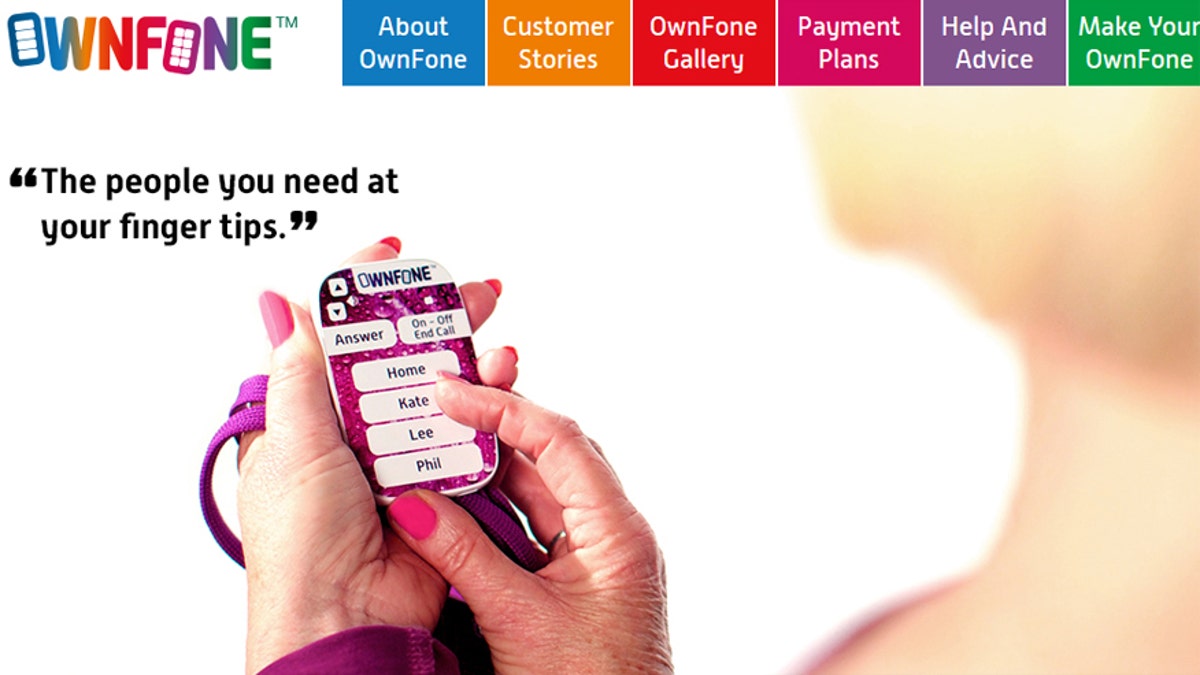
(Ownfone)
UK company OwnFone has launched what it calls the world’s first phone which has braille on the keys, making the device usable by the blind. Speaking to the BBC, OwnFone’s Tom Sunderland said although there have been concept braille phones in the past, this is the first to actually go on sale. What’s more, OwnFone uses 3D printing to keep the costs down, so the phone starts at a mere £60/$100 to buy.
Don’t expect it to be an iPhone challenger though. The OwnFone is even more basic than a simple feature phone. There’s no screen for a start, nor is there a camera, and the processor is completely irrelevant. Depending on your preference, the OwnFone can be ordered with between two and 12 primary buttons, which are linked to specific numbers of your choice. However, the braille phone can only support two or four buttons. All this lack of technology means the 40 gram device will stay powered on for a year before needing a recharge.
You’ve probably worked out by now that the OwnFone is aimed at kids and seniors, but the firm also wants to attract companies who want an incredibly simple phone to give to their work force. Because the phone is made to order, there’s no messing around with programming in numbers when it arrives, and because it doesn’t have a swappable SIM, it works straight away without any fuss.
The braille model is a spin-off of the existing kid and senior friendly phone, and comes with a 3D printed keypad with braille lettering, and the option of adding raised text so anyone who can’t read braille can still make a call. Buyers can order the phone through the company’s own website, where the design can be customized, right down to including a picture of your own choice on the rear panel. It’s also possible to add a dedicated key for calling emergency services.
OwnFone has been around since 2012, and the phone was initially only available in the UK and Northern Ireland, but in early April, a version for Australia was also launched. It’s great to see small firms like OwnFone filling a niche, and making good use of the advancements in 3D printing.




















